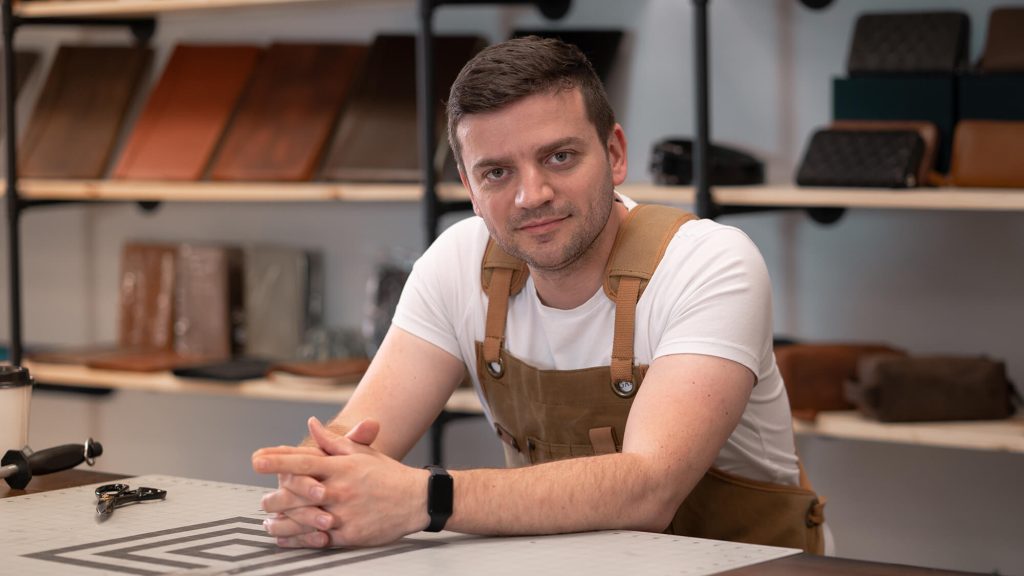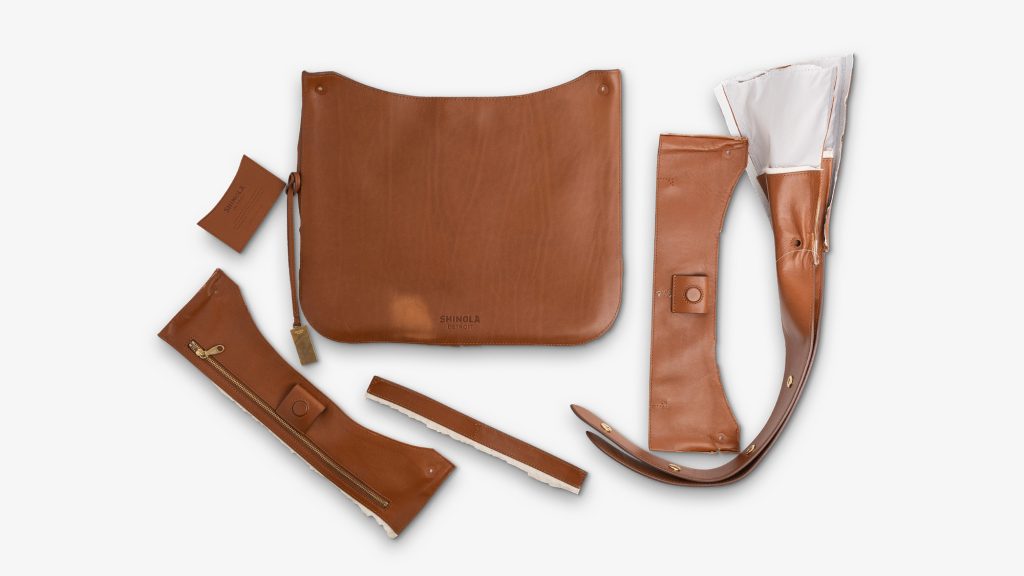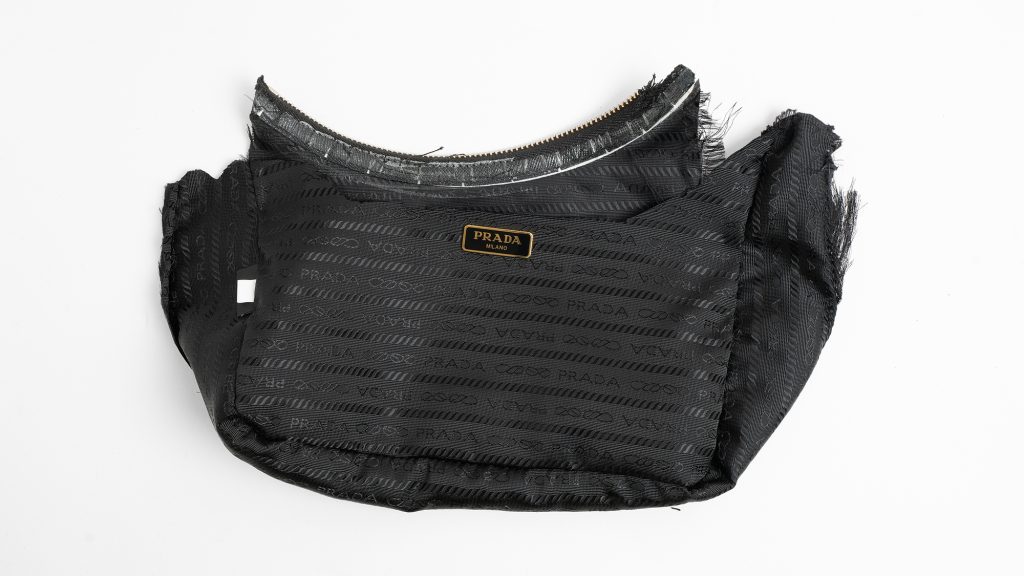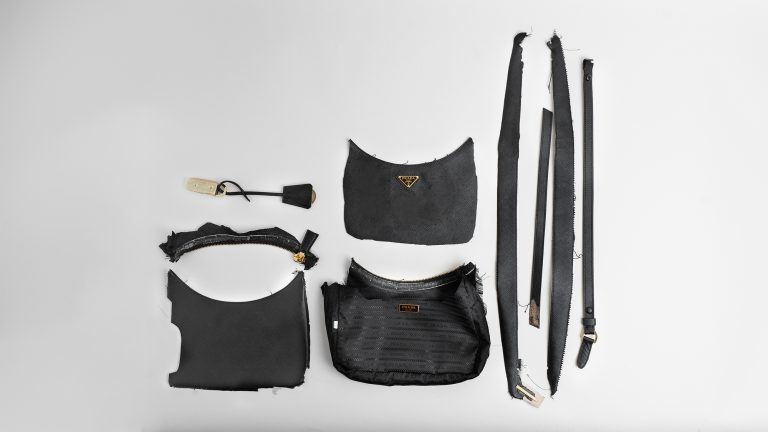


Tanner Leatherstein, a disruptor in the luxury leather world, isn’t afraid to dissect luxury handbags – literally. With his brand PEGAI and a growing social media following, he’s challenging the idea that a high price equals quality. Through his passion for transparency, Tanner reveals the hidden truths behind leather goods, inviting consumers to rethink what truly defines luxury. His journey is redefining not just how we see leather, but how we value craftsmanship.
hube: Your journey began with dissecting luxury handbags to understand their true value. What was the most surprising discovery you made during one of these dissections that changed your perspective on the luxury leather industry?
Tanner Leatherstein: The most important discovery I made is that many of these bags fall into two categories: ‘not worth it’ or ‘good but way overpriced’. At first, I assumed that if people were willing to pay so much for these bags, they must have something truly special. But as I continued dissecting luxury bags I had paid a lot for, I realised that most didn’t have anything particularly extraordinary to justify the high price. Many were simply well-made bags with an inflated price tag. This showed me that, in most cases, what people are really paying for in the luxury leather world is the status associated with the logo – not the rare craftsmanship, which, to me, is what true luxury should represent.
h: You emphasise the sensory experience of leather. How do you think the tactile and olfactory qualities of leather contribute to its allure, and can you describe a moment when a particular piece of leather evoked a strong sensory reaction for you?
TL: Humans are naturally connected to nature, and leather, as a product of nature, taps into that connection. Just as a beautiful landscape or sunset can stir deep emotions, leather has the same effect. It embodies a chaotic beauty that only nature can create. When we touch high-quality leather, we sense a kind of energy – it feels alive and evokes good emotions. The scent of fine leather, with its earthy, organic notes reminiscent of coffee or natural products, taps into something primal.
Sadly, many people have forgotten this connection, which makes it easier for brands to sell products based solely on marketing rather than genuine quality. People often think they can’t recognise quality leather, but they actually can – they’ve just been disconnected from it.

